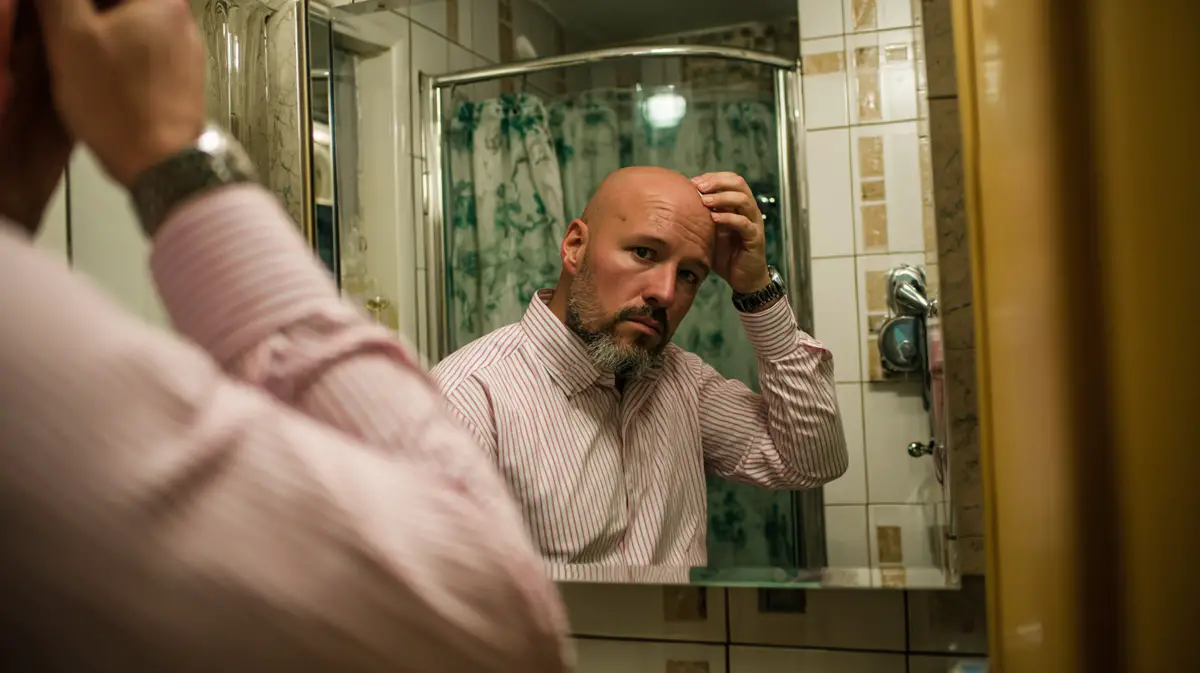How Long Does a Hair Transplant Take to Show Results?

If you’re considering a hair transplant, understanding the timeline for visible results is important. Hair transplant procedures involve a series of steps, and patience is key as your scalp heals and new hair grows. Knowing what to expect can help you feel more confident throughout the process. Keep reading to learn about the stages after your transplant and when you might notice changes.
What Happens on the Day of Your Hair Transplant?
The procedure itself typically takes one day. During this time, your surgeon carefully removes hair follicles from donor areas and implants them where hair is thinning or lost.
Right after surgery, your scalp might feel tender, and you may notice small scabs where follicles were placed. These symptoms usually ease within a few days. This initial recovery period is crucial for grafts to settle into their new locations.
It is very important to find a clinic that has a good reputation for offering professional hair restoration. Choosing experienced surgeons and well-established clinics helps ensure you receive the best care and the most natural results possible on this day.
The First Few Weeks: Healing and Shedding
In the week following the transplant, you’ll experience healing as the scalp calms down and any redness or swelling fades. However, it’s common for the transplanted hair to shed during this time. This stage might seem worrying, but it is a normal part of the process called “shock loss.” The follicles enter a resting phase before starting to grow new hair.
When Does New Hair Begin to Grow?
New hair growth generally starts 3 to 4 months after your transplant. At this point, tiny hairs begin to emerge from the transplanted follicles. The hair may be fine and lighter in colour at first, but it gradually thickens and darkens over time.
This phase requires patience, as growth rates vary between individuals. Some might see early changes sooner, while others take a little longer. Consistent follow-up with your surgeon helps track progress and address any concerns.
Final Results: What to Expect at 12 to 18 Months
Full results from a hair transplant often take 12 to 18 months to become visible. By this time, the new hair usually matches the surrounding hair in texture, colour, and density. Your hairline should look natural and well-defined.
It’s worth noting that the final appearance depends on factors like the transplant method used, your age, and your hair characteristics. Clinics like Treatment Rooms London offer personalised plans to suit your specific needs, improving the chances of achieving the look you desire.
Factors That May Affect Growth Timeline
Not everyone follows the same timeline for hair transplant recovery. Factors such as genetics, overall health, and post-operative care all influence how quickly you’ll see results. Smokers, for instance, may experience slower healing due to reduced blood flow to the scalp. Similarly, certain medications or underlying conditions may delay progress.
Choosing a clinic that customises care based on your medical history and hair type can help manage these differences and improve overall success rates.
How to Track Your Progress Over Time
It can be helpful to document your journey through photos taken at regular intervals, such as monthly check-ins. Comparing these images side by side allows you to see gradual improvements that may not be obvious day-to-day. This can be especially motivating during the early months when changes are subtle.
Keeping a log of how your scalp feels and how the hair is behaving might also help when discussing progress with your surgeon. These details give valuable insight and may shape any additional recommendations or aftercare adjustments.
Caring for Your Transplanted Hair Long-Term
Once your new hair has fully grown in, maintenance is important to keep your results looking their best. Your surgeon may advise using specific shampoos, avoiding certain hairstyles, or incorporating gentle scalp massages to support follicle health.
You might also be encouraged to avoid tight headwear or prolonged sun exposure during the first several months, as these can place stress on healing grafts. Over time, as your scalp adjusts, a normal hair care routine can be resumed with some personalised tweaks.
Should You Combine Treatments?
Some patients benefit from combining their transplant with other hair restoration treatments. Low-level laser therapy (LLLT), PRP (platelet-rich plasma), or topical products like minoxidil might be used to support and maintain the new growth. These supplementary treatments are often introduced during the growth phase to enhance outcomes.
It’s important to only start additional treatments under the guidance of your surgeon, as timing and compatibility can impact effectiveness and safety.
Supporting Your Hair Growth Journey
While waiting for results, caring for your scalp as advised by your surgeon is essential. Avoid harsh treatments, protect your scalp from sun exposure, and maintain a healthy lifestyle to support hair growth.
Always consult your healthcare professional before using any hair growth products or supplements. They might recommend options that complement your transplant and improve outcomes.
Patience is Key
Seeing your hair transplant results is a gradual process. You should expect a timeline starting with healing and shedding, followed by new growth after a few months, and final results taking up to 18 months. Staying patient and following medical advice helps ensure the best possible outcome.
Remember, every individual’s experience is unique. Always consult with your doctor before making any decisions based on online information about hair transplants or treatments.










